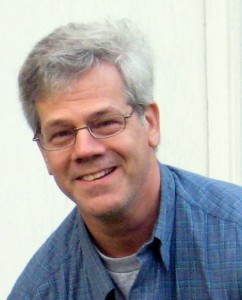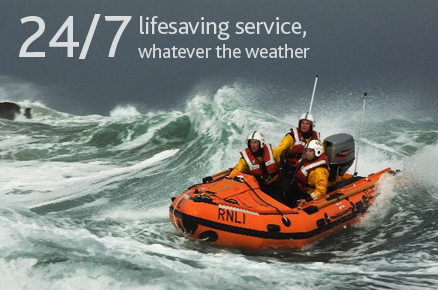The Bloomberg Administration is planning to increase wind powered energy generation – welcome steps all, but the minimum scale – such as proposals for 55-foot turbines on top of 100-foot or greater roofs exclude experimentation with smaller units, which can be more widely distributed and decentralized.
From Projects to Add Wind Power for City Gain Momentum by Mireya Navarro:
Despite Mayor Michael R. Bloomberg’s long-expressed dream of putting wind turbines on skyscrapers and bridges, the constraints of an urban landscape have so far proved too challenging for reliable wind power in the city, energy experts said. As a result, New York City has been largely inactive — and behind the national curve — in embracing wind power.
But that is about to change. This spring, the city’s Department of Environmental Protection will solicit plans for the first major wind project, the installation of turbines atop the Fresh Kills landfill in Staten Island. And city planners are working on zoning changes, now under review by the City Planning Commission, to allow turbines up to 55 feet high on the rooftops of buildings taller than 100 feet, and even taller turbines on commercial and industrial sites along the waterfront.
But the biggest potential for supplying wind power to the city lies offshore, where the Bloomberg administration is supporting an application filed last September by a coalition led by the New York Power Authority to lease a swath of the ocean floor for a wind farm 13 miles off the coast of the Rockaways in Queens.
City officials say they are ready to take advantage of their coastal proximity to seek bigger renewable-energy projects and quicken the pace toward cleaner air and the jobs and economic benefits that would accompany those projects. A study commissioned by the city last year said wind farms could play a major role in replacing power now generated by the Indian Point nuclear power plant in Westchester County. The plant supplies up to 25 percent of consumption in Consolidated Edison’s service area, including New York City.
“When you’re talking about huge wind, offshore is really a unique opportunity,” said Farrell Sklerov, a spokesman for the city’s Department of Environmental Protection.




